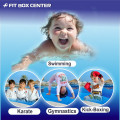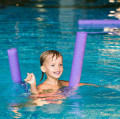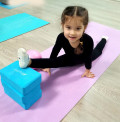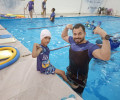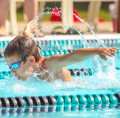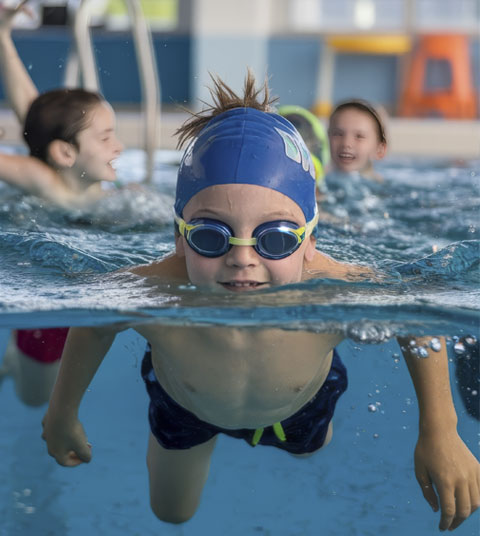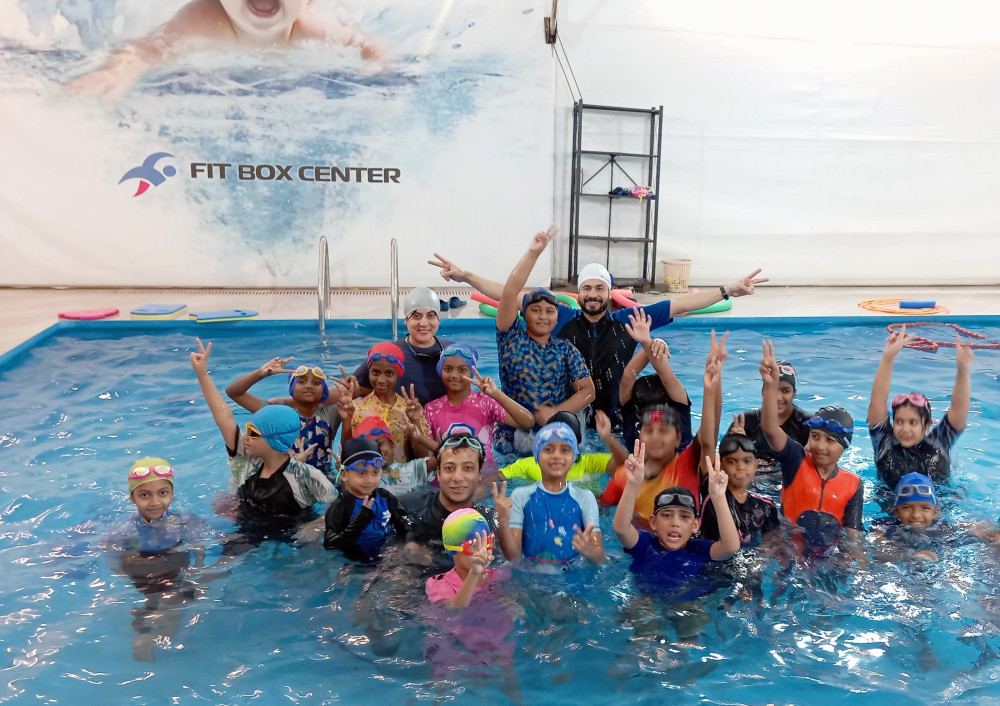
Swimming Pool Skills for Kids Together with Trainer
2024-12-22 - swimmingIntroduction
Teaching kids how to swim is not just about having fun in the water; it’s an essential life skill. With the guidance of a professional trainer, children can learn to navigate the water safely while building confidence and physical fitness. This article dives deep into the benefits of swimming for kids, the role of a trainer, and tips to ensure a successful learning journey.
Safety and Lifesaving Skills
Swimming is a fundamental skill that can prevent drowning, one of the leading causes of accidental deaths in children. Kids equipped with swimming skills are better prepared to handle unexpected situations in and around water.
Health and Fitness Benefits
Swimming promotes cardiovascular health, improves coordination, and strengthens muscles. It's a full-body workout that kids can enjoy without realizing they're exercising.
Building Confidence in Water
For many children, the water can be intimidating. Learning to swim with the help of a trainer instills confidence, making them feel secure and capable in aquatic environments.
Expertise in Teaching Techniques
Trainers are skilled in breaking down swimming techniques into manageable steps, ensuring kids grasp each concept thoroughly before moving on.
Ensuring Safety in the Pool
Safety is paramount. Trainers are trained to supervise children closely, ensuring that lessons are conducted in a secure environment.
Personalized Training Plans
Every child is unique. Trainers tailor lessons to suit each child’s skill level, ensuring progress is both steady and enjoyable.
Basic Water Comfort and Floating
The first step is helping kids feel comfortable in the water. Floating on their back and front is a fundamental skill that builds the foundation for swimming strokes.
Kicking Techniques
Proper kicking techniques are essential for propulsion. Trainers focus on helping kids practice flutter kicks, which are crucial for swimming efficiency.
Arm Movements and Breathing
Coordinating arm movements with breathing techniques can be challenging but is necessary for swimming strokes like freestyle and backstroke.
Learning to Dive and Retrieve Objects
Diving and retrieving objects from the pool’s bottom teach breath control and improve underwater confidence.
Incorporating Games and Challenges
Games like “shark attack” or “ring toss” make lessons enjoyable while teaching essential skills.
Using Pool Toys and Props
Trainers often use colorful floats, kickboards, and pool noodles to engage children and make learning interactive.
Overcoming Common Challenges
Fear of Water
A supportive and patient approach helps kids overcome hydrophobia. Gradual exposure and encouragement go a long way.
Short Attention Spans
Trainers keep lessons short and engaging to match the attention spans of young learners.
Physical Limitations or Disabilities
Swimming is an inclusive activity, and trainers adapt lessons to cater to kids with special needs, ensuring everyone can benefit.
Tips for Parents to Support Their Kids
Choosing the Right Trainer
Look for certified trainers with experience teaching children. Recommendations and reviews can also guide your choice.
Encouraging Regular Practice
Consistency is key. Practicing regularly outside of lessons reinforces skills and builds muscle memory.
Celebrating Progress and Milestones
Whether it’s mastering a new stroke or diving for the first time, celebrate every achievement to motivate your child further.
Conclusion
Swimming is more than just a recreational activity; it’s a life skill that combines fun, fitness, and safety. With the guidance of a skilled trainer, kids can learn to swim confidently and effectively, setting them up for a lifetime of enjoyment and security in the water.
.


